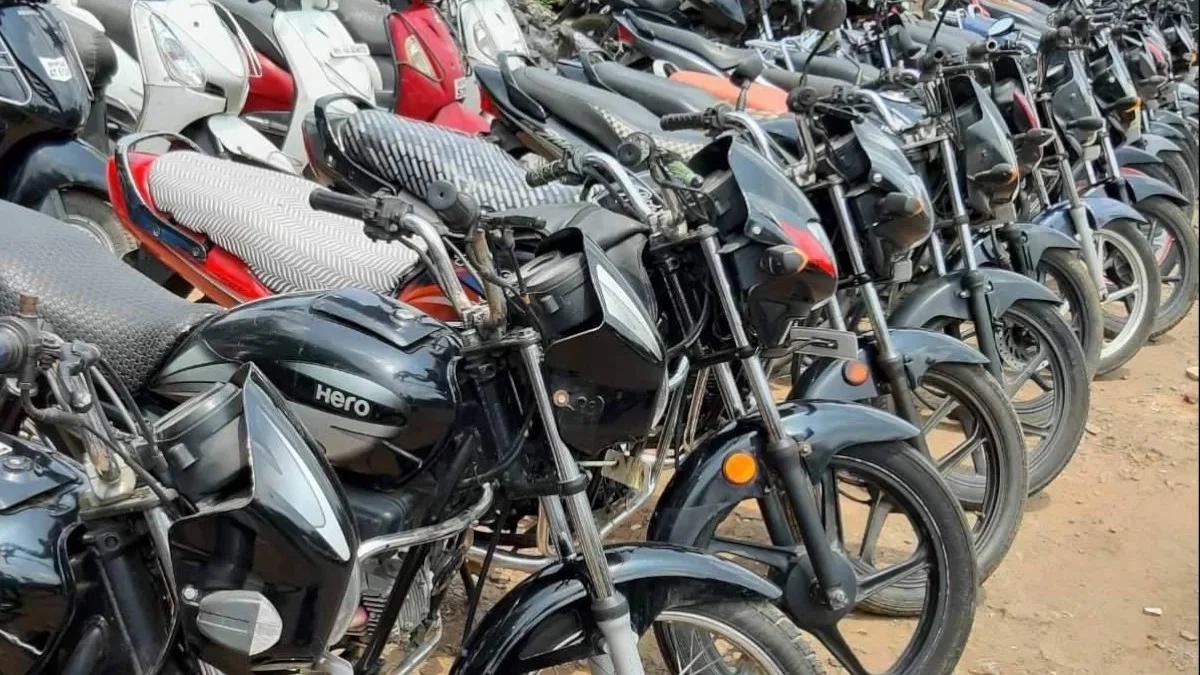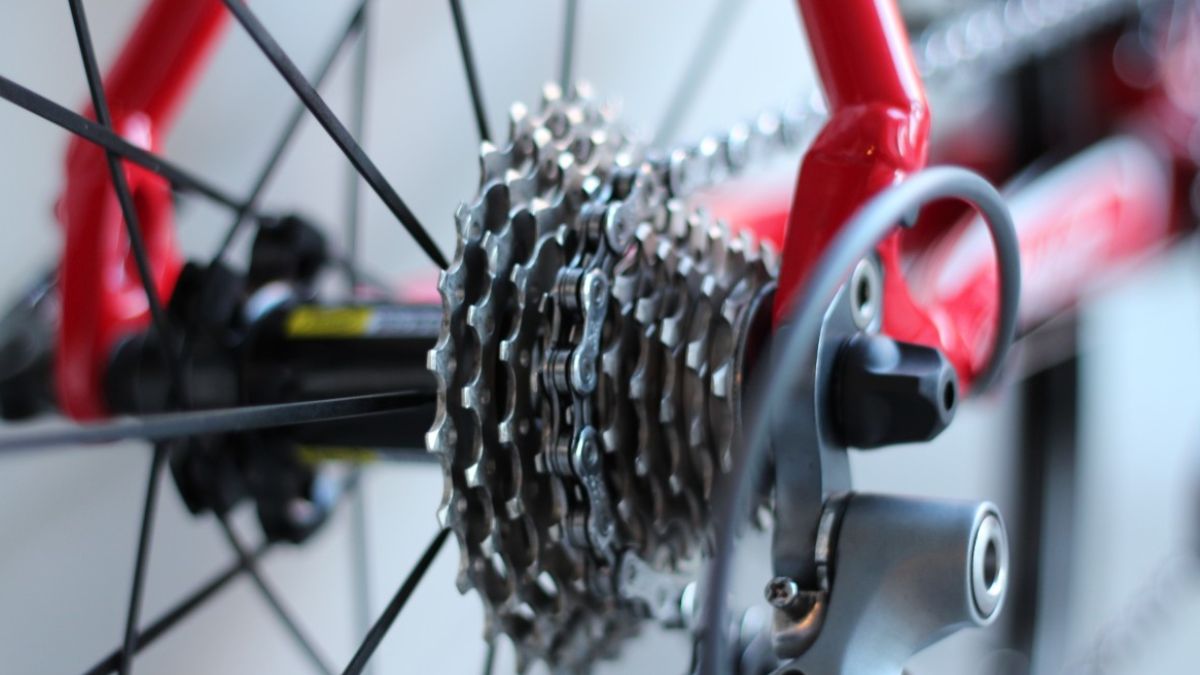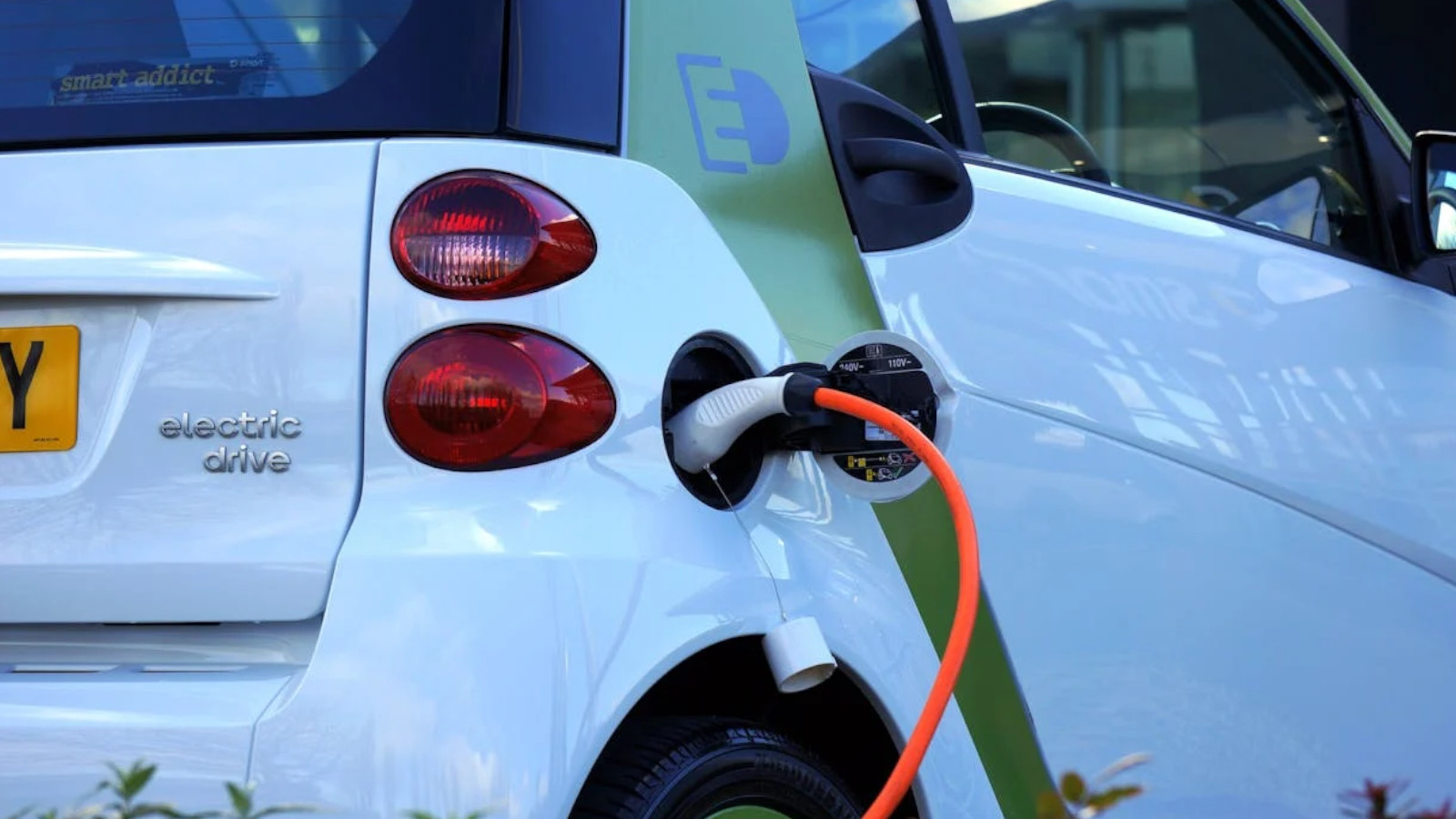Purchasing a used two-wheeler can be a smart decision, offering savings and value if done right. However, buying a second-hand bike or scooter requires a thorough inspection to ensure you’re making a sound investment. Overlooking any critical detail can result in unforeseen expenses or safety issues down the road. To help you make an informed decision, it’s essential to follow a structured process when evaluating a used two-wheeler. This guide will walk you through a step-by-step inspection process, ensuring you cover all aspects, from checking the paperwork to thoroughly examining the vehicle’s condition and performance.
Step 1: Inspect the Bike’s Exterior Condition
The first thing you should check when inspecting a used two-wheeler is its exterior condition. Look for any visible signs of damage, dents, or scratches on the body. Be cautious of mismatched paint, which could indicate previous accidents. Check the condition of the bike’s frame, as any cracks or signs of rust can indicate structural weakness. Pay special attention to the handlebar, fuel tank, footpegs, and mirrors. If anything appears to have been replaced or repaired, ask the seller about the reasons behind these changes.
Key Points to Inspect:
- Body panels and frame for damage or rust.
- Signs of repainting or repairs.
- Mirrors, footpegs, and other accessories for damage.
Step 2: Check the Tires and Wheels
The condition of the tires and wheels is crucial for assessing how well the vehicle has been maintained. Start by checking the tire treads to ensure they aren’t worn out, as smooth tires can be unsafe, especially on wet roads. Look for any cracks or uneven wear, which can indicate alignment or suspension issues. Also, inspect the wheels for any damage, dents, or cracks, particularly in alloy wheels.
Key Points to Inspect:
- Tire tread depth and evenness.
- Any visible cracks or damage to the tires.
- Wheel condition, checking for cracks or dents.
Step 3: Evaluate the Suspension System
A smooth ride depends heavily on the bike’s suspension system. To evaluate it, push down on the front and rear of the bike and release it. The bike should rebound smoothly without making any unusual noises. Any creaks or stiffness can signal a problem with the suspension. Inspect the front forks for oil leaks, and make sure the rear shock absorbers are in good condition.
Key Points to Inspect:
- Smooth rebound when pushing down on the bike.
- No oil leaks on the front forks.
- Rear shock absorbers for wear or damage.
Step 4: Examine the Brakes
The braking system is one of the most important safety aspects of any vehicle. Test both the front and rear brakes for responsiveness. The brakes should provide adequate stopping power without requiring excessive force. Also, listen for any unusual noises like grinding or squealing, which could indicate worn-out brake pads or discs. If possible, inspect the condition of the brake pads and discs for wear.
Key Points to Inspect:
- Brake responsiveness and stopping power.
- Unusual noises when applying the brakes.
- Condition of the brake pads and discs.
Step 5: Check the Engine and Transmission
The engine is the heart of the two-wheeler, so its condition should be carefully inspected. Start by checking for any oil leaks around the engine. Then, turn on the engine and listen for any unusual noises like knocking or ticking, which could indicate internal problems. The engine should idle smoothly without any vibrations. If possible, take the bike for a test ride to evaluate the transmission and gear shifting. Ensure that the gears shift smoothly and there’s no lag in power delivery.
Key Points to Inspect:
- Engine starts smoothly without unusual sounds.
- No visible oil leaks around the engine.
- Gear shifting is smooth and responsive.
Step 6: Review the Electrical System
A properly functioning electrical system is essential for safe riding. Check all the lights, including the headlight, brake lights, and turn signals, to ensure they work correctly. Also, test the horn and the electric starter (if equipped) to verify they’re functional. If the bike has a battery-operated ignition system, inspect the battery’s condition and ask about its age.
Key Points to Inspect:
- Headlights, brake lights, and turn signals.
- Functioning horn and electric starter.
- Condition of the battery.
Step 7: Inspect the Exhaust System
The exhaust system plays a key role in the bike’s performance and emissions. Check the exhaust pipe for any signs of rust, holes, or damage. Start the engine and observe the exhaust smoke. Blue or excessive white smoke can indicate engine problems such as burning oil or coolant leaks, which could lead to costly repairs in the future.
Key Points to Inspect:
- Exhaust pipe condition for rust or holes.
- Check for abnormal smoke emissions.
Step 8: Verify the Paperwork
Never finalize a purchase without thoroughly reviewing the bike’s paperwork. This includes the registration certificate (RC), insurance documents, pollution under control (PUC) certificate, and the original invoice. Ensure the chassis and engine numbers on the bike match the ones on the RC. Check the insurance status and ensure that there are no pending dues. Additionally, ask for the bike’s service history to get an idea of its maintenance record.
Key Documents to Verify:
- Registration certificate (RC) matching the chassis and engine numbers.
- Insurance and PUC certificates.
- Service history and original invoice.
Step 9: Take a Test Ride
Before making your final decision, take the bike for a test ride. Pay attention to how the bike feels in terms of balance, handling, and performance. Ensure that the engine responds well, the gears shift smoothly, and the brakes function properly. Listen for any unusual sounds and check how the suspension handles bumps.
Key Points to Evaluate:
- Smooth engine response and gear shifting.
- Brake performance and suspension comfort.
- Any abnormal sounds or vibrations during the ride.
Conclusion
Purchasing a used two-wheeler can offer great value if you thoroughly inspect its condition. By following this step-by-step guide, you can ensure that you’re making an informed decision. Always remember to verify the paperwork and take the bike for a test ride before finalizing the deal. This approach will help you avoid future hassles and ensure your two-wheeler investment is safe, reliable, and worth every penny.
Discover more from Wheels Craze - Automotive News, EV News, Car News, Bike News
Subscribe to get the latest posts sent to your email.




